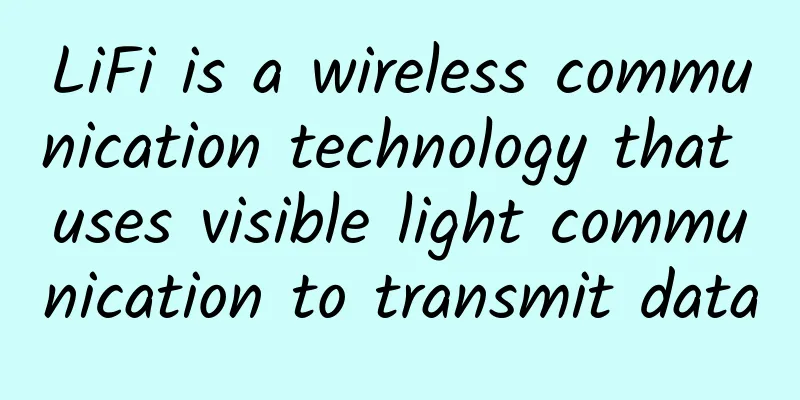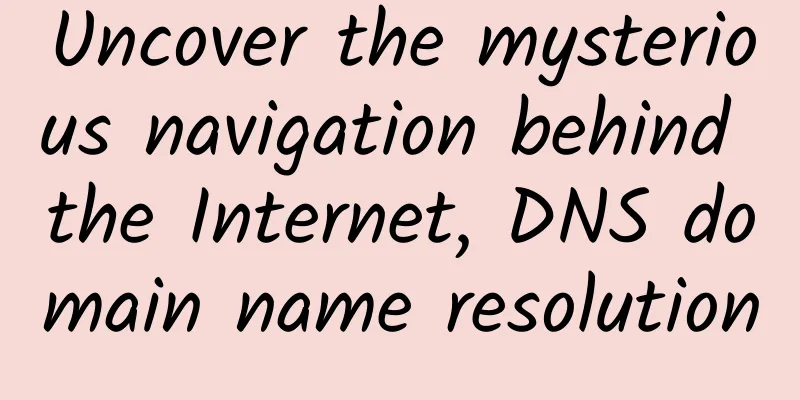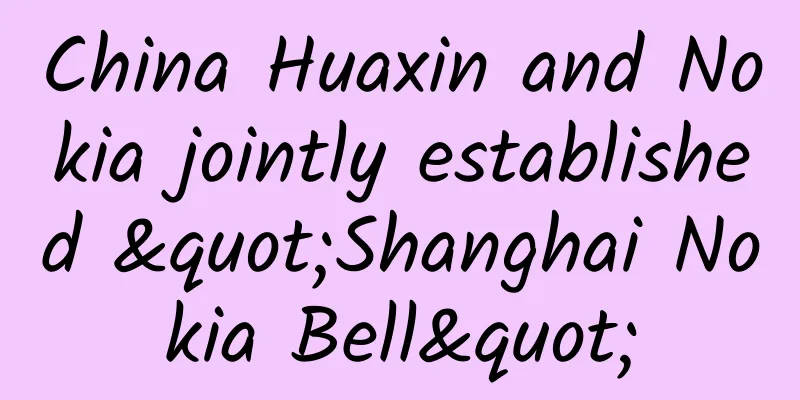LiFi is a wireless communication technology that uses visible light communication to transmit data

|
Visible light communication is a technology that uses visible light for data transmission. It uses optical signals in the visible light band to transmit information, usually using LED lights or lasers as light sources, and the receiving end uses photodiodes or optical receivers to receive optical signals and convert them into electrical signals. Visible light communication has the advantages of strong anti-interference, high security, and no radiation, and is suitable for data transmission needs in some special scenarios. In visible light communication, common applications include indoor positioning, indoor communication, vehicle networking and other fields. With the continuous development of LED technology and optical communication technology, visible light communication is expected to become an important part of future wireless communications. LiFi is a visible light wireless communication technology that uses visible light communication (VLC) to transmit data. It uses LED lights or other light sources as transmitters to transmit data by modulating light signals, which are then received and decoded by light receivers. LiFi has high data transmission speed and security, but is limited by the range of light propagation and obstacles. VLC (Visible Light Communication) is a technology that uses visible light for communication. It transmits data by modulating the brightness of the light source, usually using LED as the light source. VLC can achieve broadband communication and has advantages such as security, energy saving, and anti-interference in some specific scenarios. Technical principleLiFi (Light Fidelity) is a wireless communication technology that uses visible light communication to transmit data. Its principle is based on the light signal emitted by the LED (Light Emitting Diode) light source, and transmits data by modulating the brightness of the light. After the light sensor at the receiving end receives the light signal, it converts it into an electrical signal to achieve data transmission. LiFi communication can be simply summarized into the following steps:
The advantages of LiFi technology lie in its high-speed transmission, low latency, free spectrum and other characteristics, which are suitable for wireless communication needs in some special scenarios. Pros and ConsLiFi advantages:
LiFi Disadvantages:
Application Scenario
For example, in hospitals, LiFi can be used in indoor positioning systems to transmit data through lamps in the hospital, achieve real-time positioning of medical staff and equipment, and improve the efficiency and safety of medical services. |
<<: LAN vs. WLAN: Connecting the Wired and Wireless Worlds
>>: GSMA: 5G SA and 5G-A are booming, and operators will continue to increase investment
Recommend
A quick overview of 5G industry developments in May 2021
After the rapid development in 2020, 2021 is a cr...
IKIHOST: $3/month-AMD Ryzen/2GB/30G NVMe/Unlimited traffic @10Gbps/Salt Lake City Data Center
This is the first time that IKIHOST has appeared ...
Ruishu's next-generation WAF - WAAP platform, a one-stop dynamic active defense covering Web, APP, cloud and API
There is no doubt that traditional WAF is losing ...
Accelerating digital transformation, 5G empowers the next generation of new industrial manufacturing
[[335662]] The COVID-19 pandemic has imposed mand...
5G messaging is entering a development phase
As one of the earliest attempts at 5G commercial ...
With the arrival of 5G, will you renew your home broadband?
Since the three major operators issued 5G commerc...
SD-WAN, 5G remote work technologies help future networks
As the remote workforce continues to grow, newer ...
HostSlick: Netherlands high-security VPS from 5.99 euros/month, 1Gbps unlimited traffic, optional OpenVZ/KVM architecture
HostSlick is a foreign VPS service provider found...
Different Types of Network Cables and Their Uses
In today's connected world, network cables pl...
Wangsu Technology launches one-stop edge intelligence solution to lower AIGC application threshold
The new generation of intelligent technologies re...
China's digital economy reaches a turning point from big to strong
[[396176]] On April 25, the Cyberspace Administra...
Relax and have fun during the Dragon Boat Festival. WiFi signal must be strong. Here's how to adjust it
[[405404]] During the Dragon Boat Festival holida...
HostXen: DIY cloud hosting available in Hong Kong, the United States, Japan, and Singapore, new user registration with coupons
HostXen is a DIY-configurable cloud server hostin...
spinservers: 10-40Gbps bandwidth, unlimited traffic, online servers starting from $1699/month
A few days ago, we shared information about spins...
Can this be considered? TCP is awesome.
Hello everyone, I am Xiaolin. I saw an old man as...









